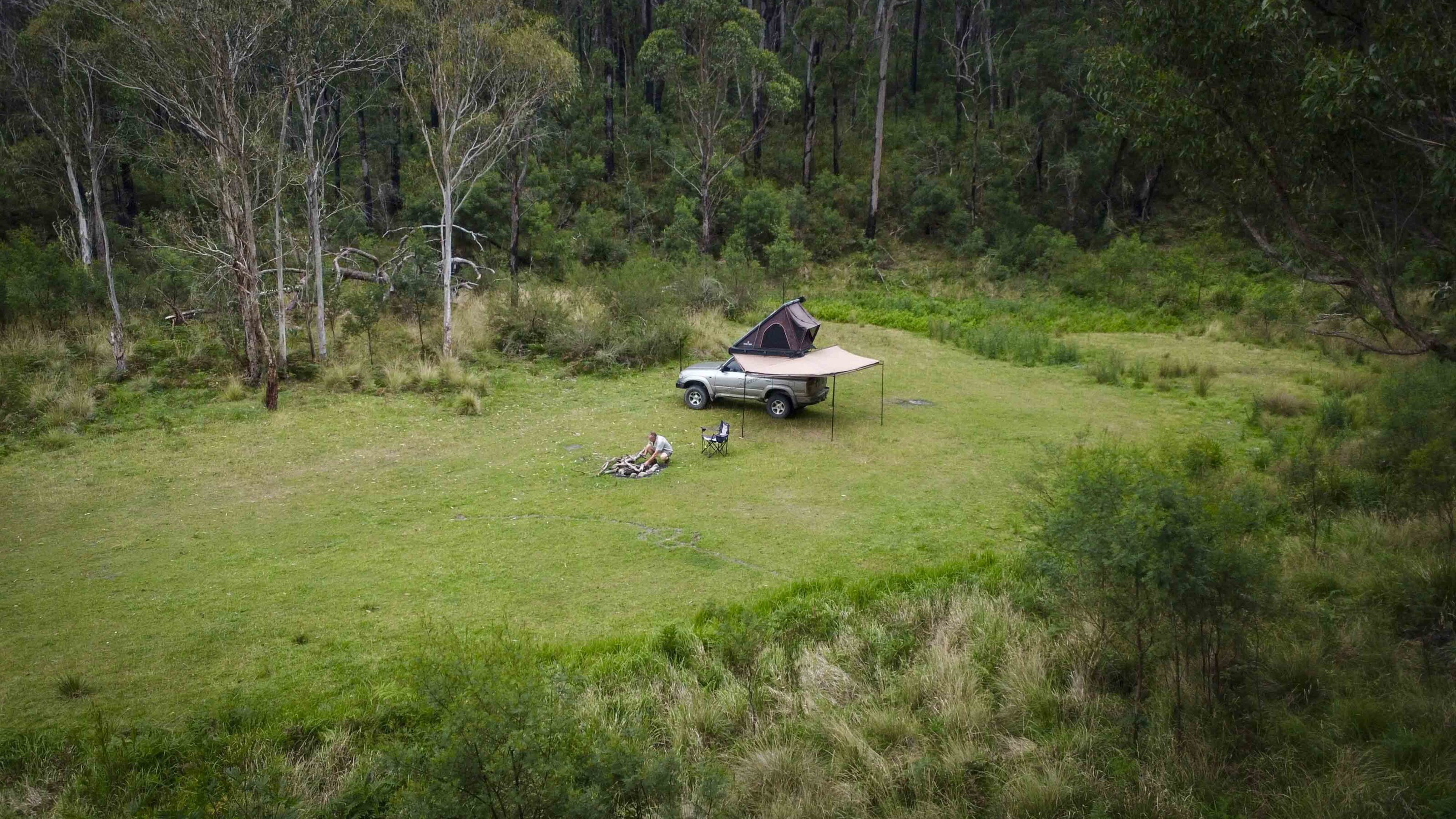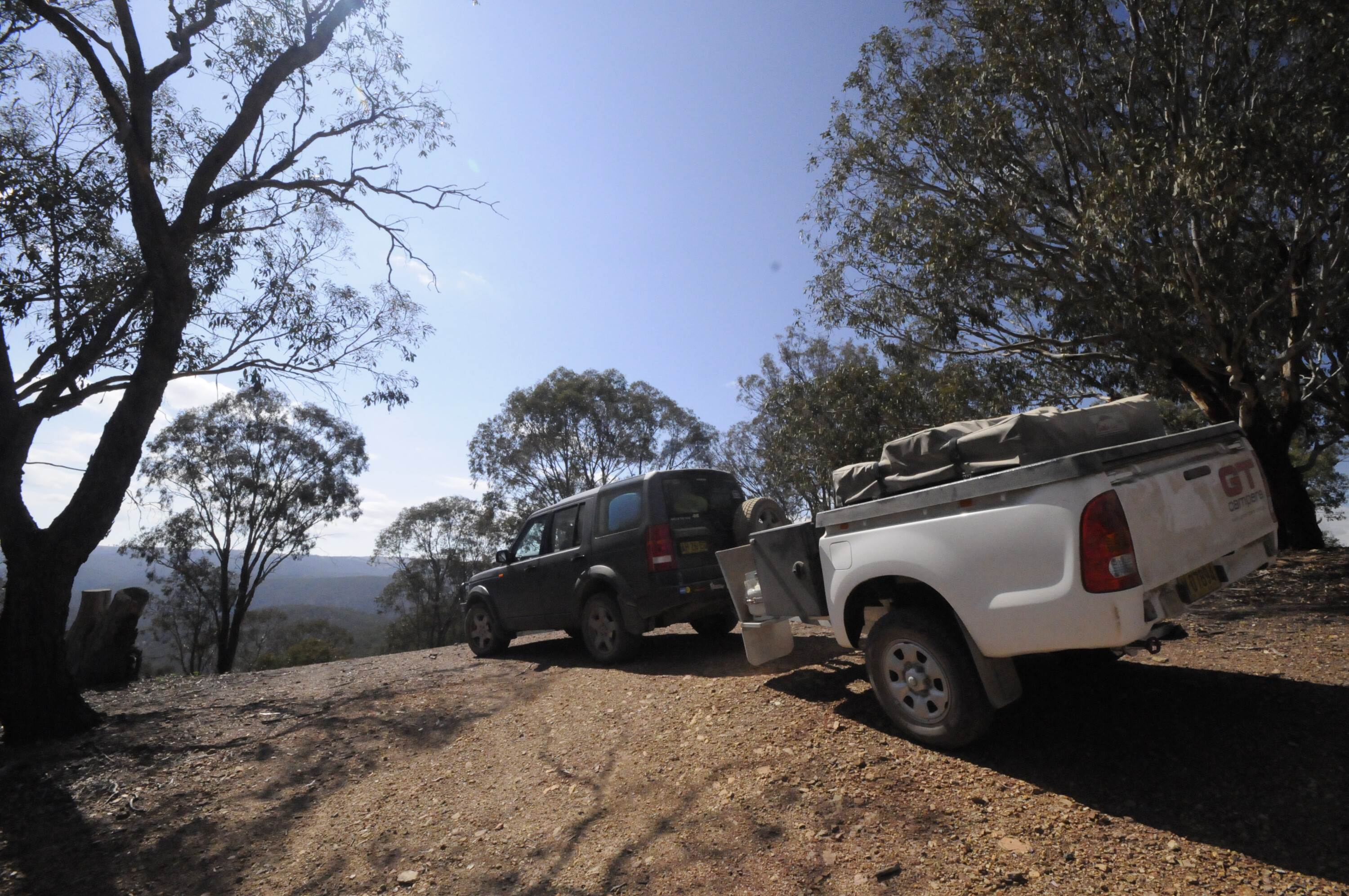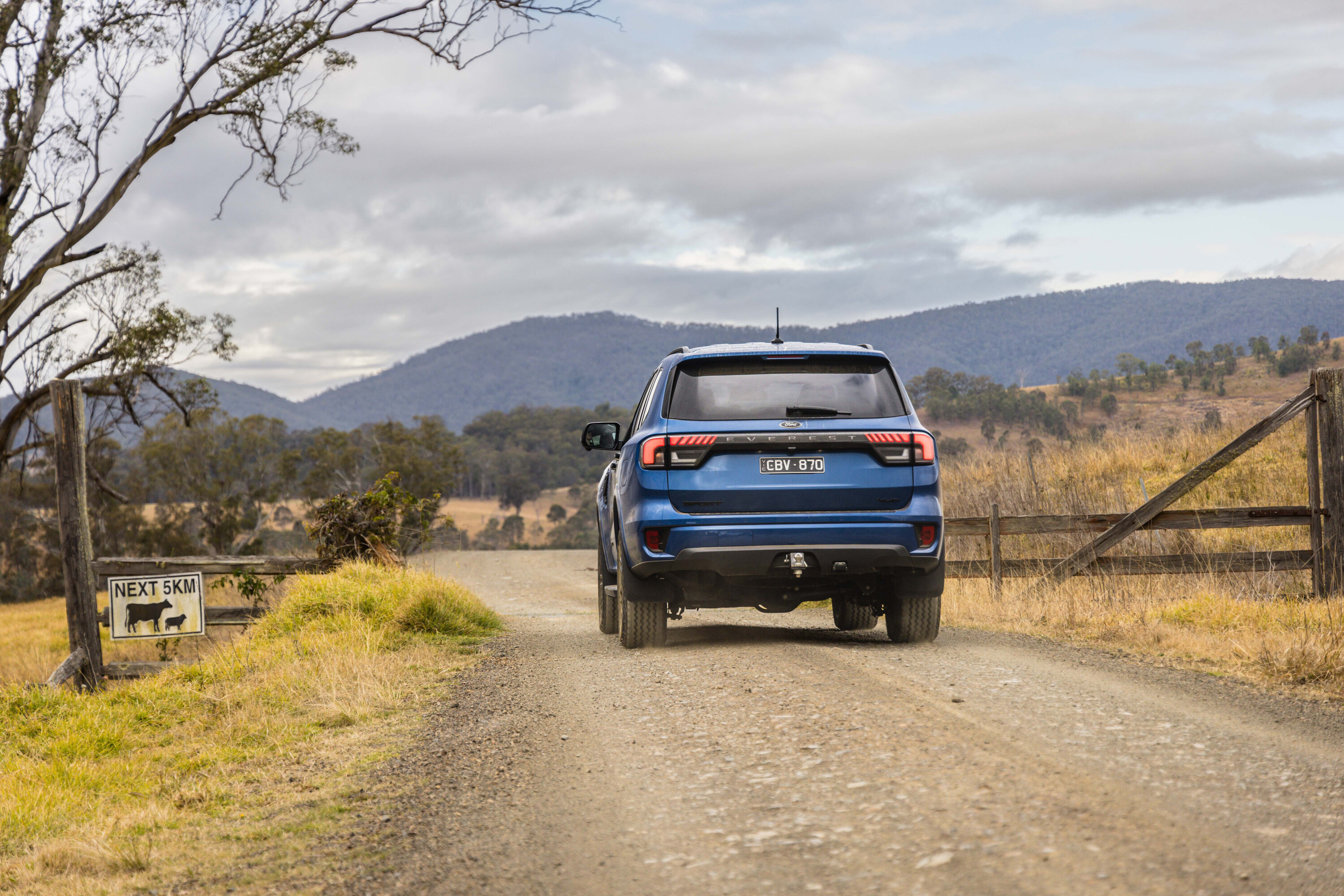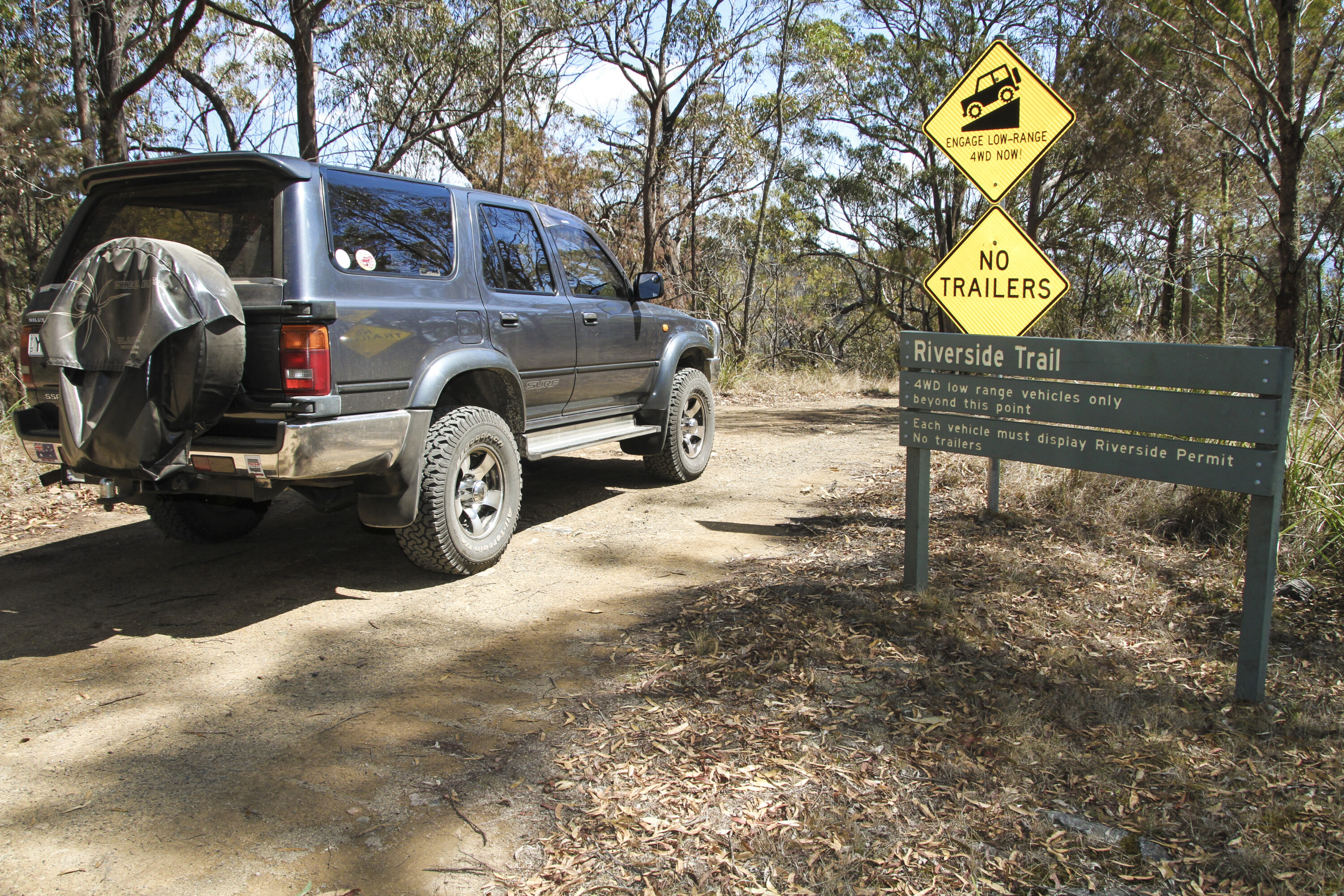The Great Dividing Range, which extends 3500km along our eastern seaboard, is the fifth-longest continuous mountain range in the world. It has many diverse and unique pockets, plateaus, mountains and gorges, and running parallel to the coast, there are several spots where the mountains meet the sea. There are waterways on either side of the range, impressive swamp areas, vast plains and lowlands, all created from massive upheavals during the volcanic era around 270 million years ago.
One of my favourite parts of the Great Dividing Range is just 90-minutes-drive west of Coffs Harbour on the NSW north coast, which is known for its dramatic gorges, waterfalls and granite outcrops.
My starting point on this trip is the little hamlet of Ebor, surrounded by world heritage areas, several national parks, many walking trails and some of the best waterfalls you’ll ever see. While there’s not much in Ebor itself, it’s an essential stop when passing through to stretch the legs, and to catch a glimpse of Ebor Falls just a few minutes out of town.
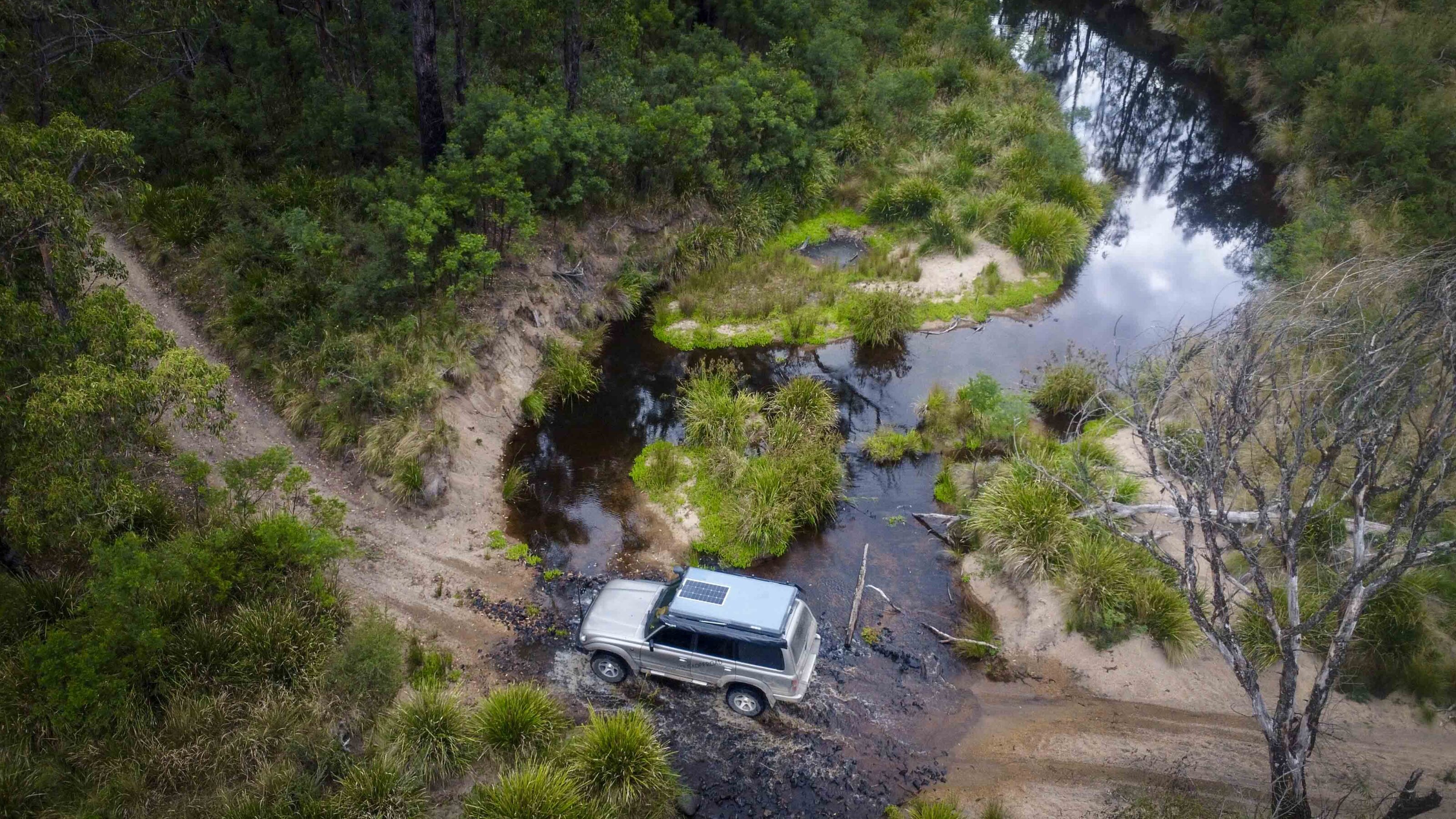
In and around Ebor
Ebor Falls is a twin-drop waterfall that flows north into the rugged Guy Fawkes NP and eventually into the Clarence River system 100km away.
Around the falls, the NSW National Parks and Wildlife Service has upgraded the viewing points, walking trails and amenities. Columns of basalt line part of the 115m-high waterfall cliffs that were formed during the volcanic push.
Nearby, Cathedral Rock NP offers great isolated camping and the adventurous can hike into the park and climb the massive granite tors from which there are stunning 360° views across the dry eucalyptus forests and other outcrops.
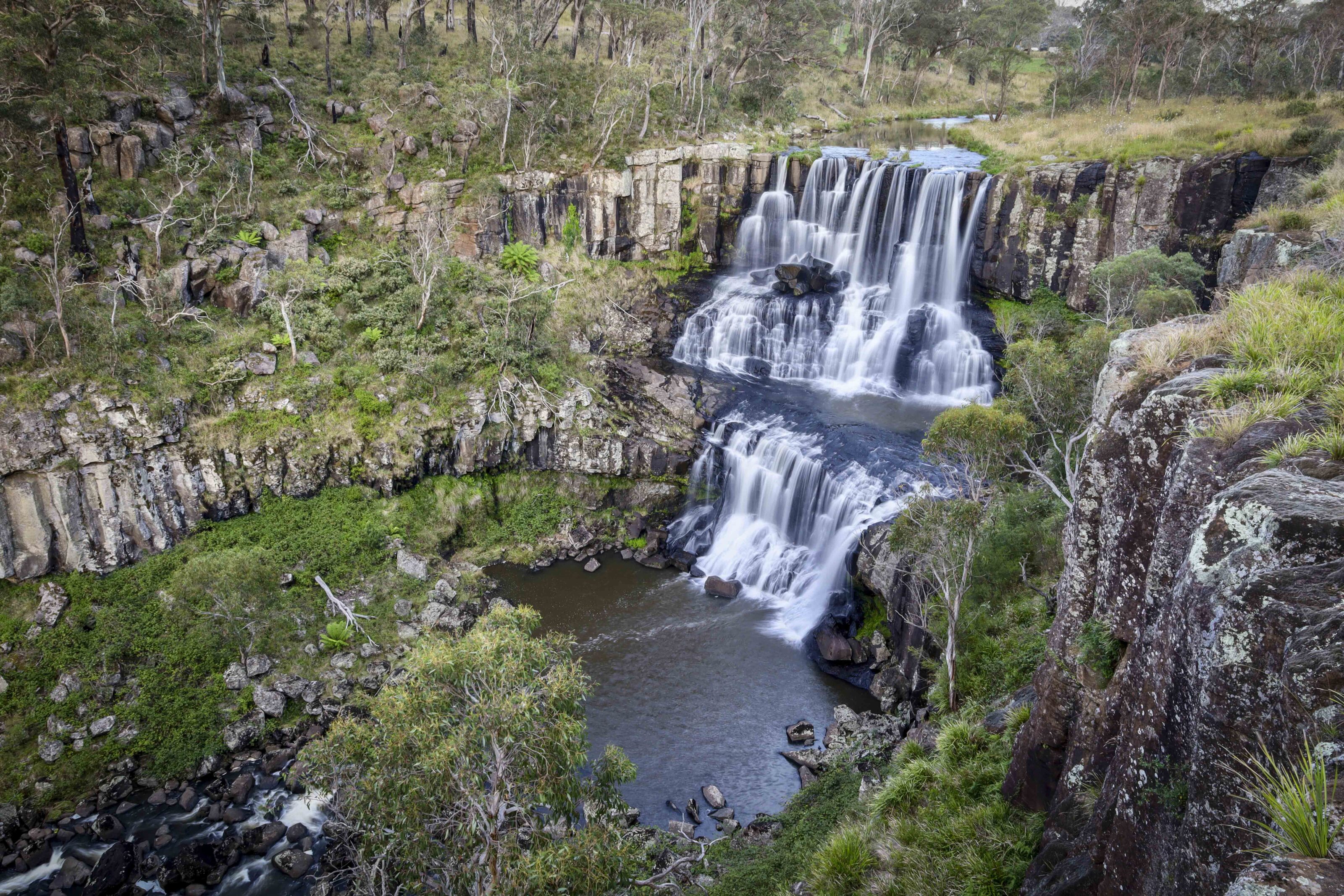
The walk in is classed as a medium to hard track so make sure you’re prepared; the coldest recorded temperature here is -7°C. Round Mountain can be viewed from the top of the tors and with an elevation of 1586m it is the highest peak outside the Snowy Mountains. With an abundance of wildlife, threatened plant species and peaceful camping, Cathedral Rock NP is a special place to visit.
An hour’s drive away is Point Lookout in the New England NP and from here, on a good day, you can see the Pacific Ocean 60km away. Around the escarpment, there are plenty of walking tracks to keep you busy for days and from the main lookout the weathered-down rim of the extinct Ebor volcano can be spotted.
This section of the New England NP defines which way water runs into different catchment areas along the coast and inland. On a good day, there’s plenty of wildlife around including eastern grey kangaroos, possums, the quiet spotted-tail quoll, shy superb lyrebirds, cuckoos and kookaburras.
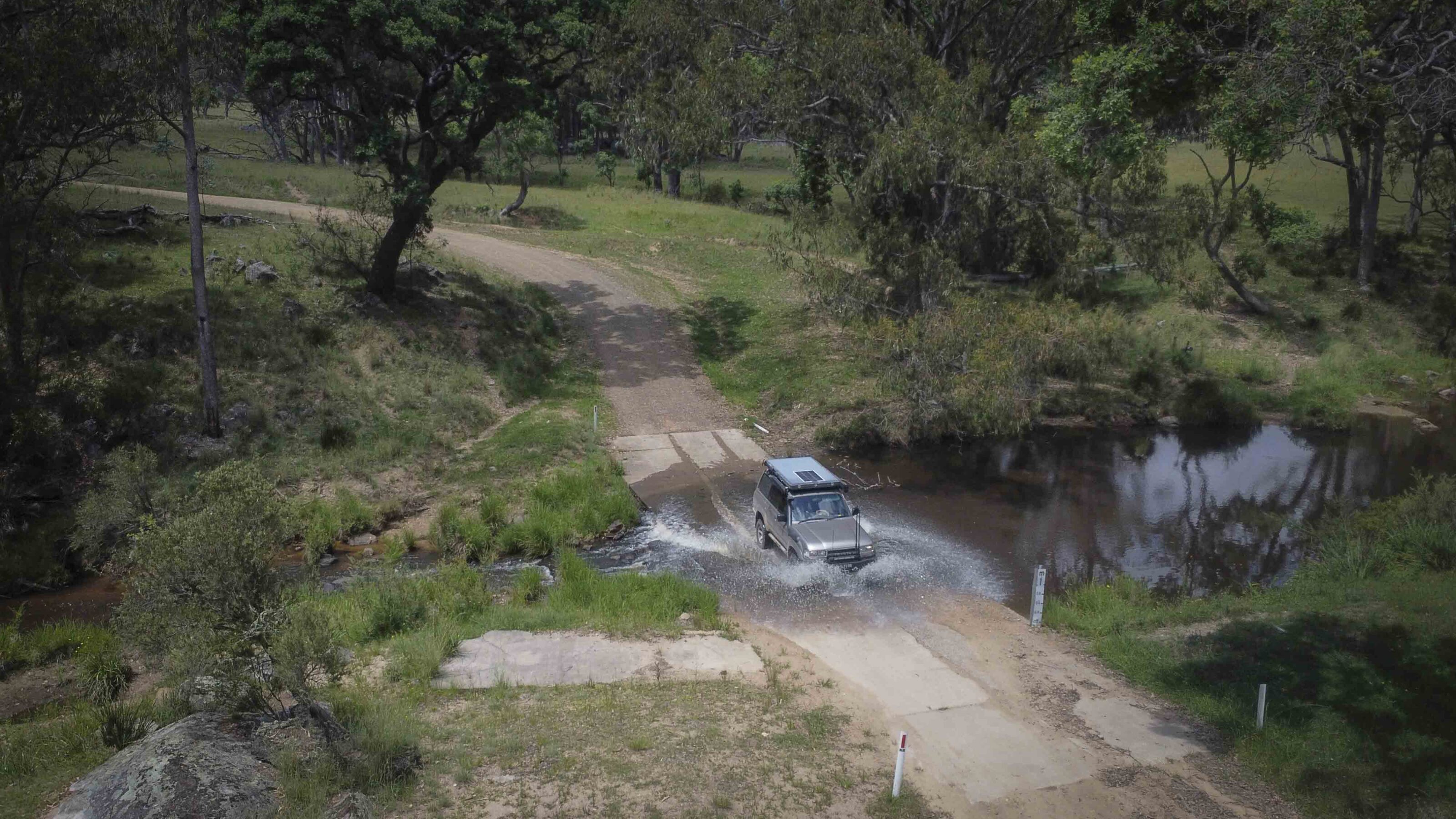
On to Aberfoyle
After soaking up the natural attractions around Ebor, I headed 38km west to Aberfoyle, which is a locality named after a cattle station in the area that you pass through heading up along Nowlands Road.
Being a working station stock wanders beside and across the road, so take care. I soon came to Wards Mistake, supposedly named after bushranger Captain Thunderbolt (aka Fred Ward ) who roamed this section of the tablelands.
One of the stories is that Fred was shot by a trooper here, but upon inspecting the body back it was discovered to be Fred’s brother.

Since it was explored by John Oxley in the 1880s, the New England area has always been renowned for its rich pastoral land. In 1889 gold was found here too, and Kookabookra was settled on the banks of the Sara River. Lasting only five years, there were more than 300 miners here searching for gold in the nearby Bear Hill mine and other smaller claims.
Today fossickers come to the area to search for gems such as topaz, quartz crystals and sapphires. In the boom period, Kookabookra had a hotel, butchery, post office and even a police station to control claim jumpers.
Sadly today there are no streets left, no buildings, not even a sign suggesting what was once here. The miners and shopkeepers just moved on to the next new mining area.

Tracks less travelled
Much of the driving along this part of the New England area is on nice dirt roads, but there are a few rougher side tracks to explore. To the east is London Bridge State Forest where the tracks narrow down and head out to the top of the Guy Fawkes wilderness area.
The tracks aren’t too hard, but it’s a fun drive exploring on the way into Moggs Swamp. West of Kookabookra is Warra National Park, which covers 2040ha. It’s a small but beautiful park where you can camp down on ‘The Green’, take a walk down to the Sara River to swim in its cool waters, and simply soak up the park’s serenity.
Granite outcrops shadow the valleys of Warra and there are significant flora and fauna specimens that are protected in the park. Leaving Warra and the scenic tracks I headed further north and jumped onto Oakwood Trail. I’ve been out here before to explore and this time didn’t disappoint, with several deep creek crossings, and rutty and rocky hills.
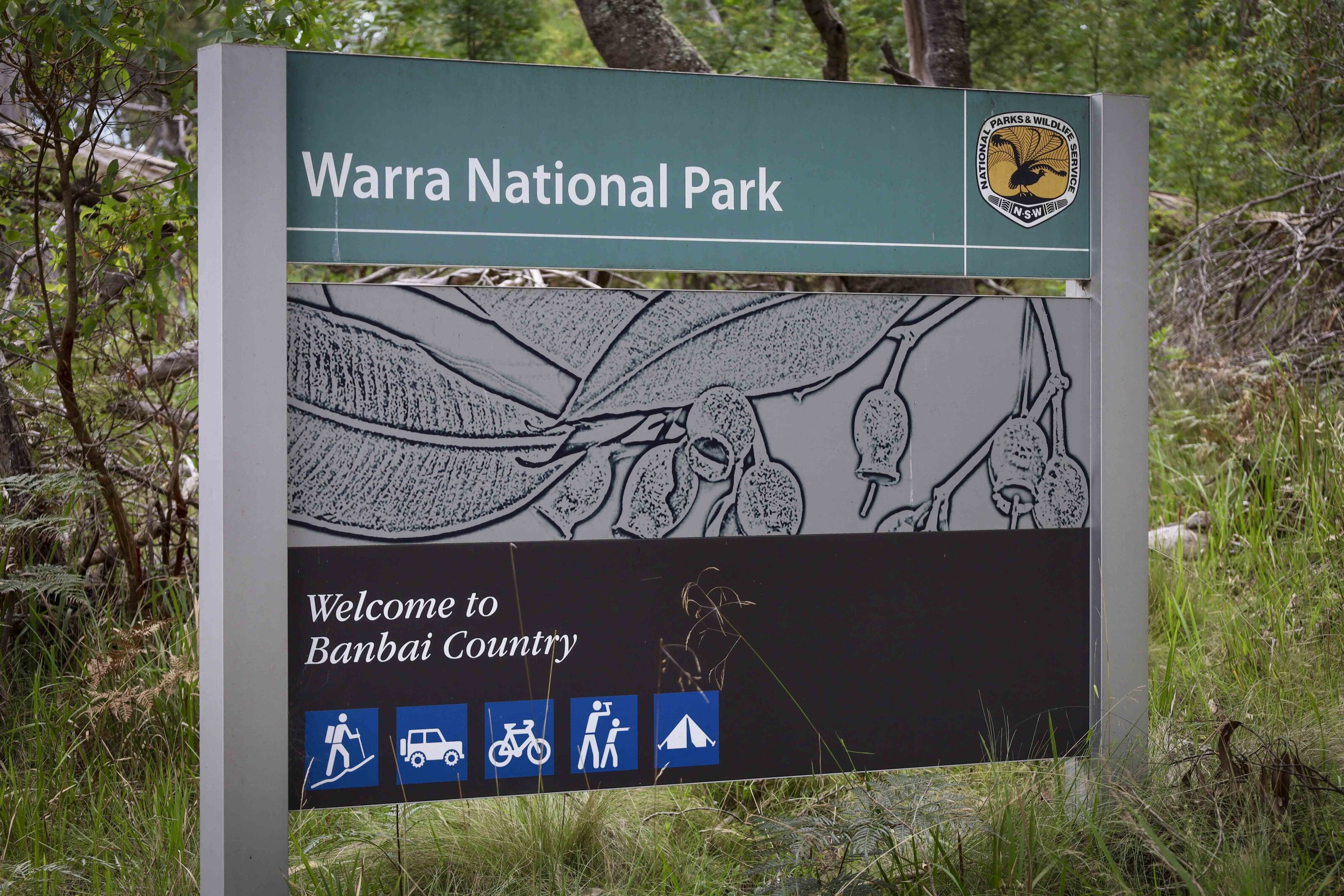
When you pass through farms you’ll need to leave the gates as you find them. Oakwood is only 20km long, but because it’s not a frequently driven track and is not maintained, it’s a good 4×4 diversion for a couple of hours. The track ends on Pretty Gully Road at Pinkett, which is a locality and a sports oval for day users.
Fertile pastoral properties soon give way to the busy town of Glen Innes, just 30km away. Known for its Celtic festivals, cool climate and for being part of the Fossickers Way, Glen Innes is also surrounded by world heritage national parks and lush rolling hills.
While there’s no hard four-wheel driving around this area, sometimes it’s nice to just sit back and explore a region’s little secrets so close to home.
Some note title here
We recommend
-
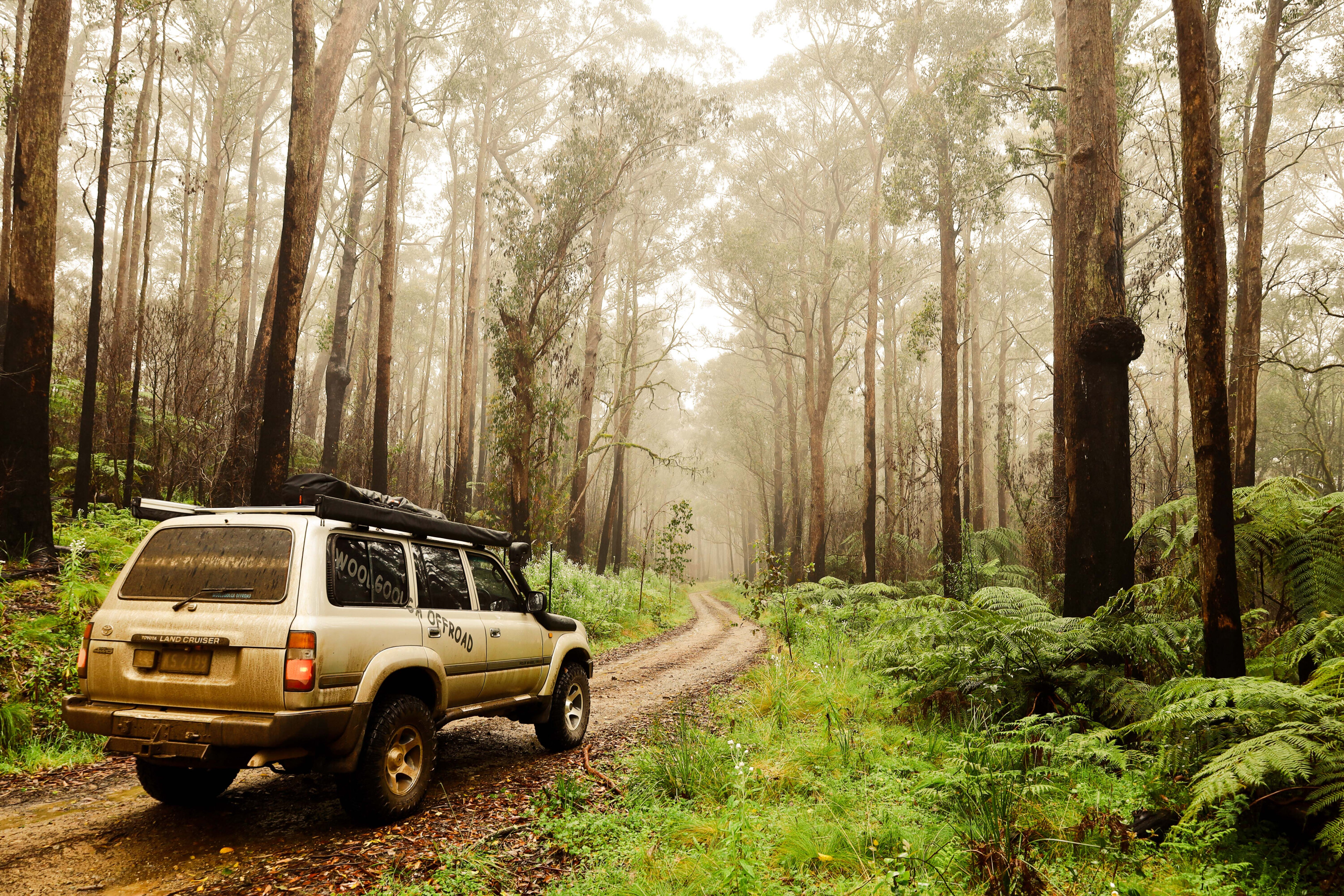 Explore NSW
Explore NSWTouring the stunning New England region
Sometimes we get tied up with big trips or doing the lap and we forget what's in our own backyard
-
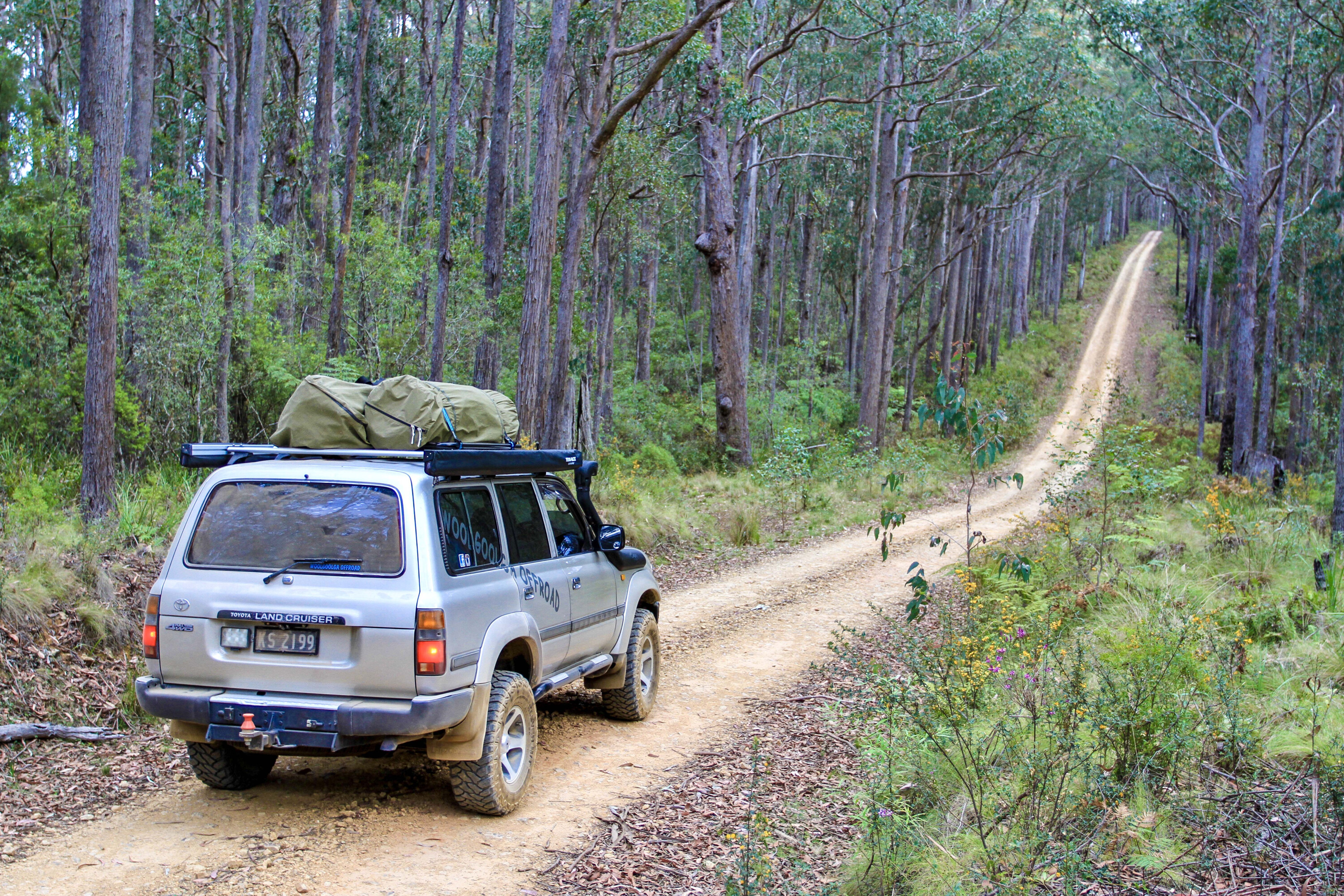 Explore
ExploreTouring New England's wild heart
Within NSW’s Oxley Wild Rivers National Park, in the heart of the rich New England farming region, is untameable country
-
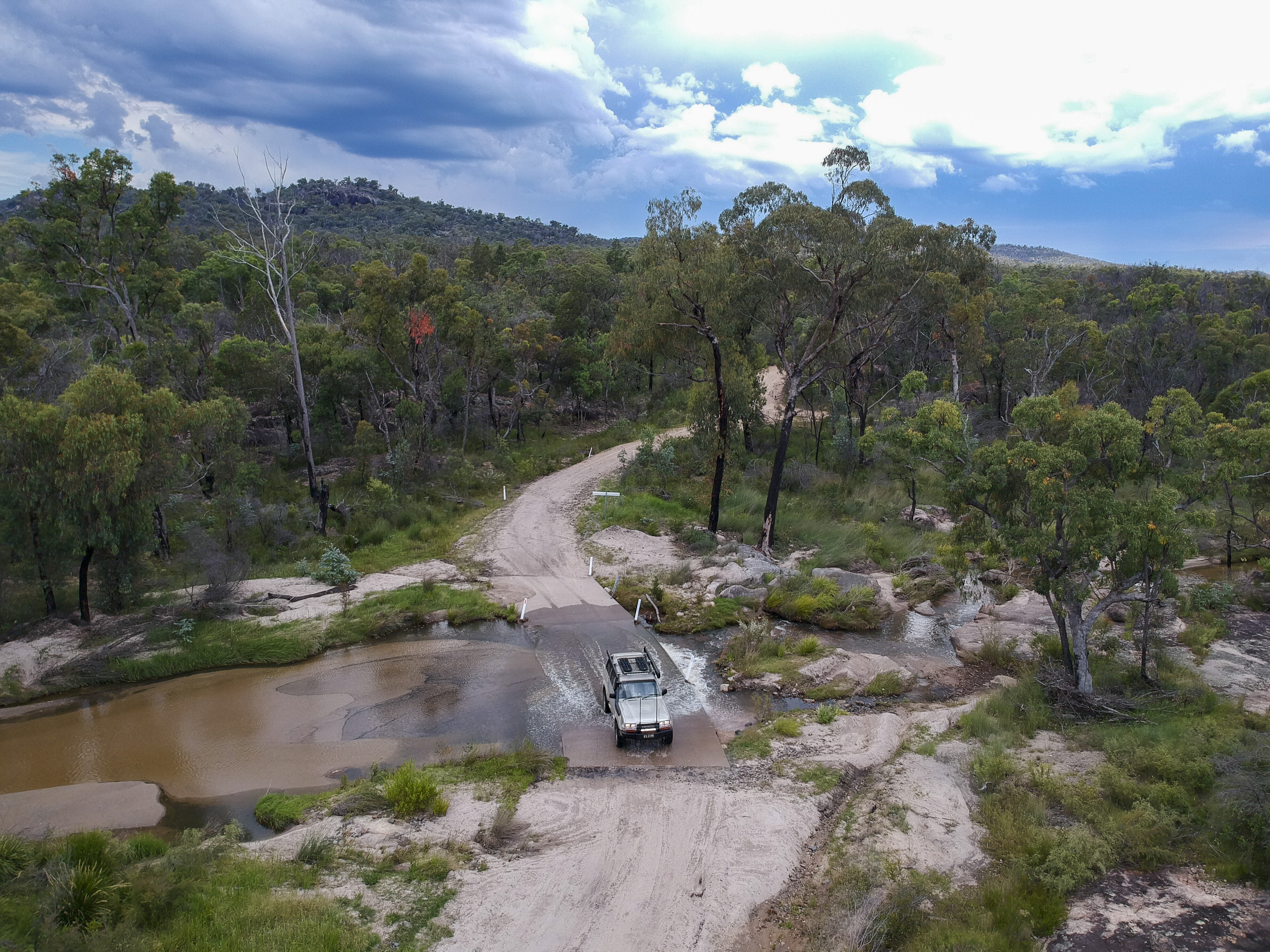 Explore
ExploreExploring Torrington, northern NSW
The rugged Granite Country of Northern NSW has been home to bushrangers, miners and pastoralists. The natural scenery alone is spectacular, as is this region's history

